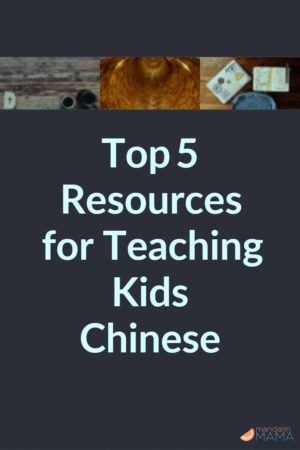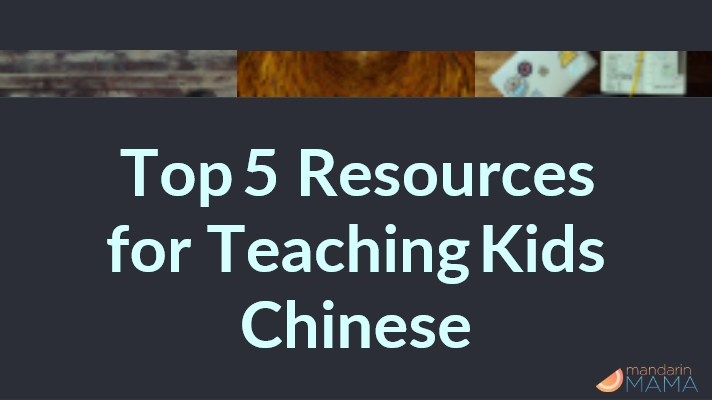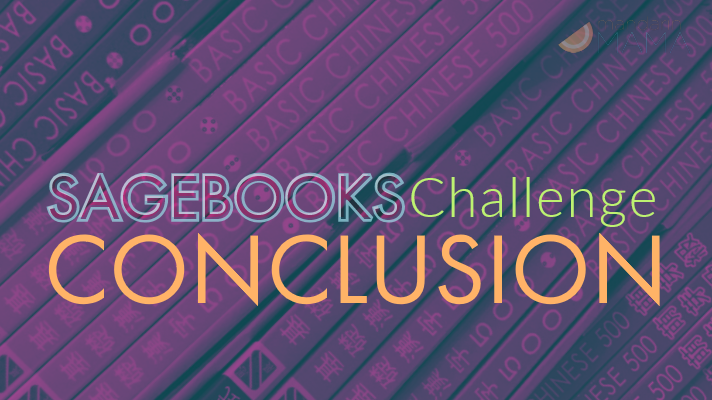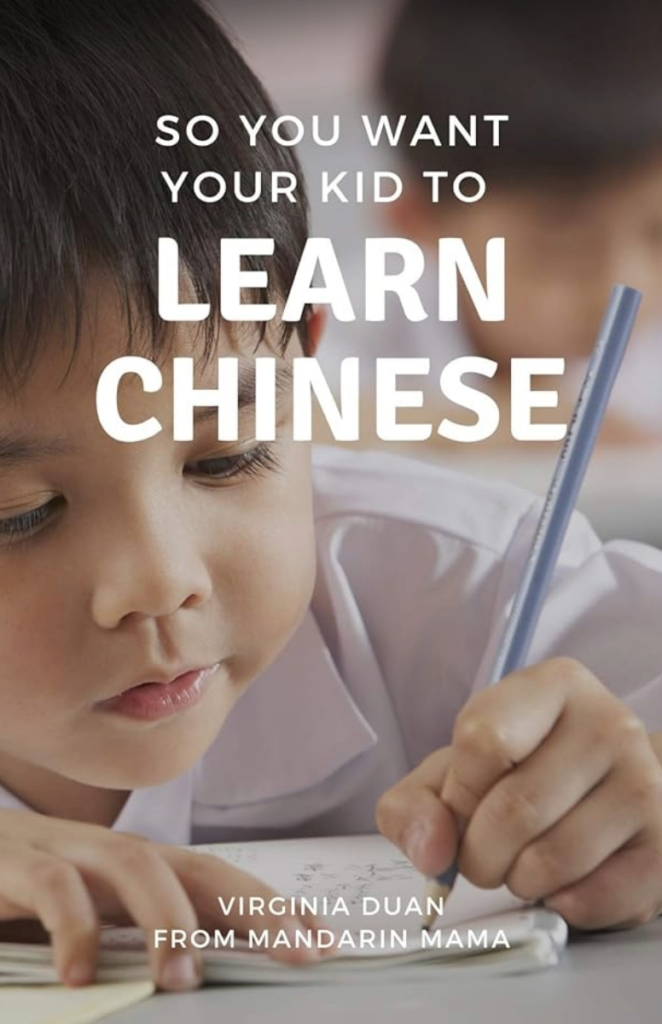
This post was sponsored by Sagebooks. All opinions are mine and mine alone.
I’ve been at this teaching my kids Chinese thing for about nine years now and pursuing Chinese literacy for about five of those years. And while I don’t think I have the monopoly on good advice in this area, I do think I have managed to gain some insight that might be helpful to those of you just starting out.
So today, I’ll be discussing the 5 resources that made the biggest impact on teaching my children to speak, read, and write Chinese to a high degree of fluency. (Spoiler alert: one of them is Sagebooks Basic Chinese 500 – but not just because they’re sponsoring the post. I’ll explain more later.)
Is resources the right term? I’m not sure – but since it’s late and I can’t think of a better word, RESOURCES will have to suffice.
At any rate, here’s a quick background for those of you who are new to my site: I have made the poor life choice of bilingual homeschooling my FOUR children in Chinese and English.
My goal is to have as close to native fluency and literacy in Chinese as possible given that we live in America. Mostly, I would like for actual natives of Taiwan or China to not figure out that my kids are “foreign” until maybe the 4th or 5th pass (unless their multi-racial looks give them away first).
I am an American Born Taiwanese who is passably fluent in spoken Mandarin and functionally illiterate (meaning that I can read a lot of characters but not enough to actually understand what I’m reading with hi-fidelity). My husband is of mixed descent and only speaks English.
With introductions out of the way, let’s get to the meat (mmmmm… meat…) of the article. Here, without further preamble, are my top 5 resources for teaching kids Chinese.
1) Consistency
Sigh. I know it’s not a resource. I did tell you the term was imperfect.
I guess it could be a resource? Like, you have some pool of unused will power (because let’s be real, who is actually using will power these days?) that you use to be consistent?
Yes, we’ll go with that.
For long time readers, you are likely sick of me talking about consistency every chance I get – but it’s true. The MAIN reason my children’s Chinese skills are at the level they’re at is because of consistency.
I mean, yes, the other resources I list are a major factor, but without consistency, those other resources would be helpful, but not transformative.
I consistently speak to my children in Chinese. I consistently force my children to speak back to me in Chinese. I consistently find classes in Chinese if possible and prioritize them. I consistently find media in Chinese and make my kids watch it. I consistently make my kids read Chinese books. I consistently make my children do their Chinese homework. I consistently make my kids write in Chinese. I consistently find Chinese playdates for my children.
This pretty much uses up all my will power resource so this is why I fail at everything else. But man, my kids’ Chinese is pretty decent.
Every skill in life requires the plain, boring plodding of constant, recurring work.
You can have bursts of energy for marathon sessions, but ultimately, what will get you to the end is putting one foot in front of the other, day after day after day.
Sorry.
Until we can download languages directly into our brains like The Matrix, this is the disappointing truth.
2) Outsource
I wrote about this in depth a few weeks ago, but it bears repeating. Outsourcing the heavy lifting of teaching my kids Chinese was one of the best things I ever did.
Look, I can speak Chinese well for a kid who was born and raised in the Bay Area. In fact, whenever I go back to Taiwan, people look at me like I’m an idiot because I can’t read simple signs that are right in front of my face, but that’s because based purely on my speech, they think I should be able to read.
But you know what? Just because I can function in daily life reasonably well in Chinese, doesn’t mean that my vocabulary is good enough to help my children sound like educated adults who know things in Chinese. (I speak English good, too. *facepalm*)
What I want is for my children to have elevated vocabulary – words that are beyond my Kitchen Chinese. And since I am ill-equipped to teach my children, I have to hire tutors and teachers who are well-equipped. I also have to make my children read a lot and consume a lot of Chinese media – but that’s a different type of outsourcing.
And because I insist on making my life more difficult than necessary and want my children to be literate, I hire these same tutors and teachers to teach my children how to read (in both Simplified and Traditional Characters), write, and write with proper grammar.
I am completely unqualified to teach my children any of these things with remote adequacy. However, I am TOTALLY qualified to pay people to do so!
Again, outsourcing is technically a resource because you’re outsourcing to people and things that ARE resources. Ah, I love a good workaround.
3) Sagebooks Basic Chinese 500
Ok, this is now an actual resource of the kind you were likely expecting.
Before I continue, I want to clarify that I used Sagebooks Basic Chinese 500 with my older two kids and raved about the curriculum for years before I started partnering with them in 2018. In fact, it is because of my unrestrained stanning of their products that Sagebooks found our partnership so attractive.
Well, that and my obvious good looks – but that’s implied.
Sagebooks is a 25 book set that teaches your kids the 500 most frequent Chinese characters in children’s books via funny illustrations and story lines. They also have an additional 25 supplemental books that use only the characters taught in the 5 sets (as well as a few new characters) so your children can practice reading. On top of that, there are a lot of supplemental books and study cards you can purchase as well.
True fact: I owned everything Sagebooks had to offer at the time BEFORE we started working together.
I love this series because it’s so easy to use.
All I have to do is go through the lessons on a consistent basis with my kids and they magically learn 500 characters. (Ok, it wasn’t magic, but it felt like it.)
I love it so much that I (and pretty much every parent who bought the whole series) have begged and begged Sagebooks to create a 600-1000 series as well (and while we’re dreaming, I’d like it up to 2,000, please!!).
It’s a great foundation for building confidence and competence in reading Chinese – and it takes you about a quarter of the way to basic literacy. (In order to read a newspaper, you’ll need 2,000-3,000 characters.)
My older three kids all loved the series and the illustrations especially. I still catch my almost 9 year old flipping through and reading his younger brother’s books.
4) Zhuyin
Hmmm… again, technically, a thing and not a resource, but look, YOU GO FIND A CATCH ALL TERM FOR ME TO USE THAT STILL FITS IN THE TITLE AND IS SEO FRIENDLY.
I’m waiting.
What is zhuyin? It’s the Taiwanese phonetic system that is akin to pinyin.
Why use zhuyin instead of pinyin? (Well, think of in addition to instead of instead. Folks, English is my second language and this is why you get such grammatical gems such as the previous sentence. That’s my excuse and I’m sticking to it.)
For a real treat of linguistic excellence, you can read my original article here.
However, if you’re of the tl;dr type, here’s the gist:
If your child understands more Chinese than they can read, the limiting factor for them reading Chinese books is character recognition.
Furthermore, if your child is not a native speaker and doesn’t have much additional language support, they will be severely limited by both comprehension as well as character recognition.
Why is this pertinent to learning zhuyin? Welp, if your kid is reading Harry Potter in English, but can only read the Chinese equivalent of Dick and Jane, what are the odds of your child being interested in reading Chinese?
Yup. ZERO.
Zhuyin is a handy way for your child to read harder material without the limiting factor of character recognition.
There are so many fun and interesting books with zhuyin that if your kids comprehend Chinese already, they can read without much difficulty. (And if they can’t comprehend Chinese, they will still be able to read – they’ll just have to look up a lot of words. Just as if they were reading in English but um, with greater difficulty.)
I know. This begs the question, why not just learn pinyin?
Well, mostly it’s because there really aren’t as many options for Chinese books with pinyin simply because in China, where they use pinyin, they front load characters so kids are able to read without pinyin by the 3rd or 4th grade. Thus, not many higher grade books available with pinyin.
In other words, there’s a lack of supply (though no lack of demand – at least in America).
But Taiwan, kids don’t phase out zhuyin until about 5th or 6th grade so there are lots of age and interest appropriate options to catch your child’s fancy.
My older two children (~9 and 7) are reading through Magic Treehouse, Roald Dahl’s books, as well as bunch of other series that they otherwise would not be able to read. As a result, their Chinese vocabulary and comprehension has expanded and Cookie Monster (~9) will sit for 30-45 minutes at a time to read in Chinese. Gamera (7) has yet to reach that point, but she is willing to read 10-15 pages of chapter books at a time.
Knowing zhuyin has also come in handy for when my kids are writing Chinese essays and don’t know how to write the character. Although they prefer to ask Siri (seriously, where were all these marvelous toys when I was learning Chinese?) or look on Pleco or very rarely, in their Chinese dictionary, they do have the option to sub in zhuyin instead.
They also write in zhuyin in their textbooks that are characters only when they have a hard time remembering the characters. My favorite part, though, is how my children use the zhuyin keyboards to text me or search for videos on YouTube.
5) Community
Last, but not least, is community.
This IS a resource because if you’re lazy, burnt out, or just need to know that you’re not alone in this monumental task of teaching your kids Chinese, the community of people who are also teaching their kids Chinese can give great (or terrible) advice, direction, or a sympathetic ear.
I’m a big fan of Raising Bilingual Children in Chinese & English but that’s because I’m an admin. If you’re going through Sagebooks, you can join the Sagebooks HK Parent Support Group (of which I am also an admin). If your kids are in Mandarin Immersion schools, Mandarin Immersion Parent Support is also a good resource.
And finally, if your children are Kindergarten or above, you can always try my Facebook Group: 30 Day Chinese Jumpstart. Be forewarned though. I am a very ornery admin for my group (just ask the members).
My group is SOLELY for people who are serious about doing the work of Chinese fluency and literacy. There is required participation and it’s geared towards older children – NOT BABIES OR TODDLERS. It’s okay to not be in this group. Not everything will be for you.
Beyond Facebook groups, there are communities on Instagram, around particular Chinese focused blogs, and just so many amazing people out on the interwebs creating excellent content.
Not everyone or everything will be for you. That’s ok. In fact, that’s normal.
Find your people.
Find the people who make you think, “Ah! I have finally found people who understand me!” and then be a good internet citizen and make friends and support one another in this ridiculously time and resource intense venture of Chinese fluency.






